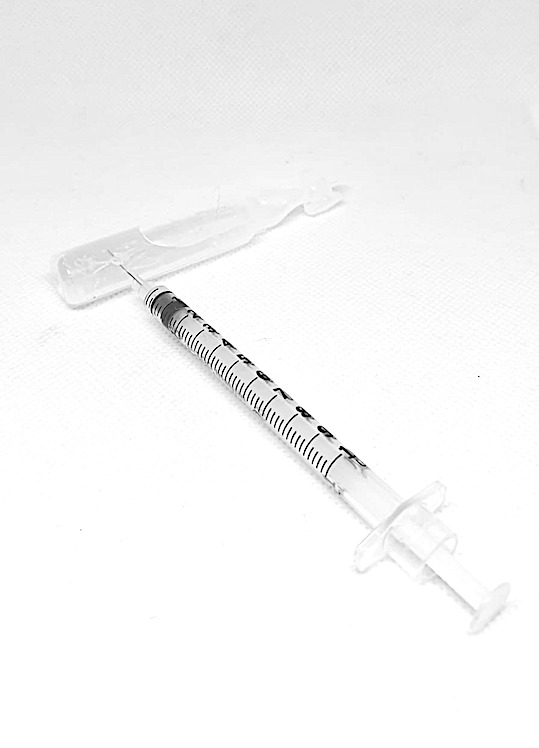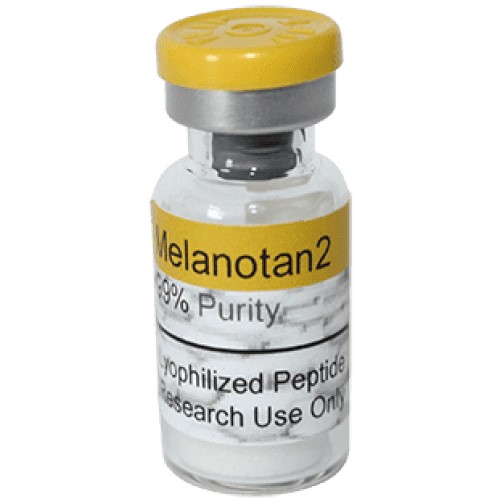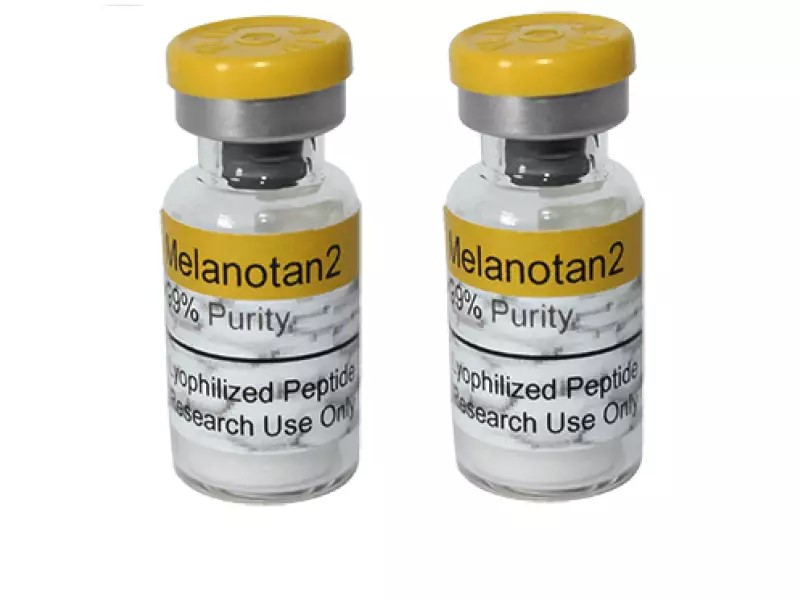Tanning Injection Alternatives – Nasal Spray and Tanning Patches.
Not everyone likes the thought of administering tanning injections every couple of days into their stomachs; it’s not a process suited to every person’s taste, pain threshold, or desires. But, most people would love to rock a gorgeous tan. So, what are the options?
Putting aside messy, short-lasting false tan creams and lotions and the controversial sunbeds, there are a couple of more palatable alternatives to tanning injections that this article will cover.
We will look at the two most effective, convenient, and cost-effective solutions: nasal sprays and tanning patches. Each alternative product has its own list of advantages and drawbacks, and both may not be the best choice for everyone. But, after reading this guide, you should have a better idea of what the two products are and how they work.
Firstly, let’s look at nasal sprays.
Nasal Sprays
Tanning nasal sprays contain Melanotan, which stimulates the production of melanin cells in the skin. There are two forms of this, Melanotan 1 and Melanotan 2; Melanotan 1 provides the quickest result through nasal sprays; however, Melanotan 2 results in a more natural-looking tan.
The success rate of tanning nasal sprays is good. The effects take a few weeks to show entirely, and during this time, daily sprays are needed, which can be a little time-consuming.
Pros of Nasal Sprays
- Easy to Administer
- Natural Looking Results
- Good Success Rate
Cons of Nasal Sprays
- Can Take a Few Weeks for Results to Show
- Can Make Freckles Appear Darker
Possible Side Effects of Nasal Sprays
- Swelling of Mouth Lips, Tongue, or Face
- Itching
- Hives
- Difficulty Taking Breaths
- Tightness in the Chest
- Nausea
- Hives
Now, we will look at the ins and outs of tanning patches.
Tanning Patches
Tanning patches are similar to nasal sprays in that the tan will take time to develop, but when it does, it will be more natural-looking and even than when using false tan sprays or foams.
Tanning patches are applied to the skin and left on for two-to-three hours. Once removed, you are advised to lie in the sun for 15-minutes on your front and 15-minutes on your back. This will activate the tanning process.
Pros of Tanning Patches
- Easy to Apply
- Feels Less Invasive than Sprays and Injections
- Can Be Worn While You Go About Your Day
Cons of Tanning Patches
- Daily Exposure to UV Light is Essential; This Can Be Time Consuming
- Patches Can Feel Irritating and Itchy
- Can Take Weeks for a Tan to Develop
Possible Side Effects of Tanning Patches
- Slight Redness for a Few Hours After the Patch Has Been Removed
Summary
The two main alternatives to tanning injections are fairly similar in a few ways. They both feel less invasive than actual injections, but it does take time for a tan to develop with each product. When the tan does show, it is a beautiful, natural-looking one that isn’t patchy and won’t shower off.
The nasal sprays are much less time-consuming than the tanning patches but have more side effects, which can include chest tightness and difficulty breathing. With the tanning patches, the only known side effect is a possible redness on the skin under where the patch was positioned.
Ultimately, both products achieve a natural-looking tan in a non-invasive way.







This Post Has 0 Comments